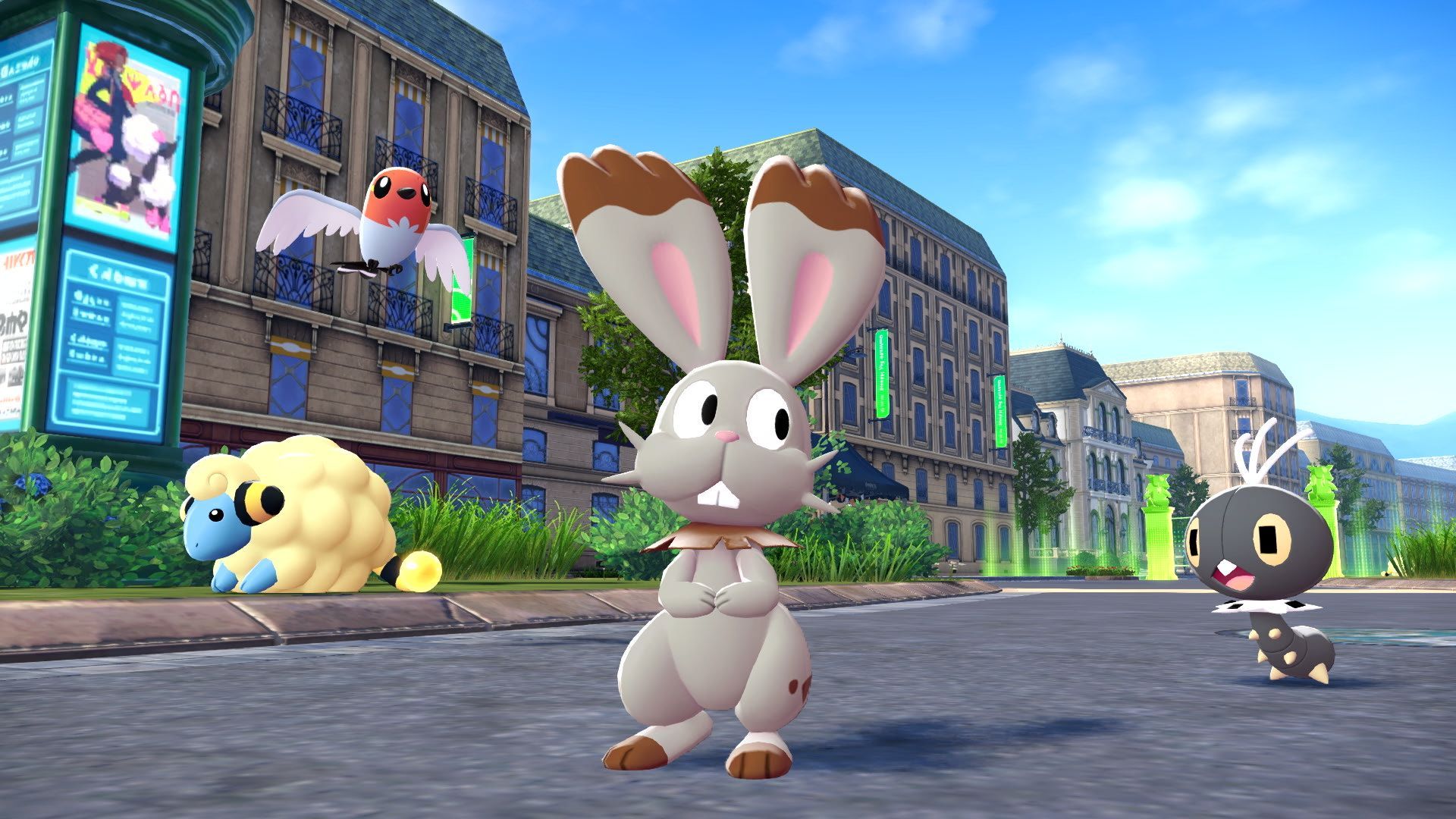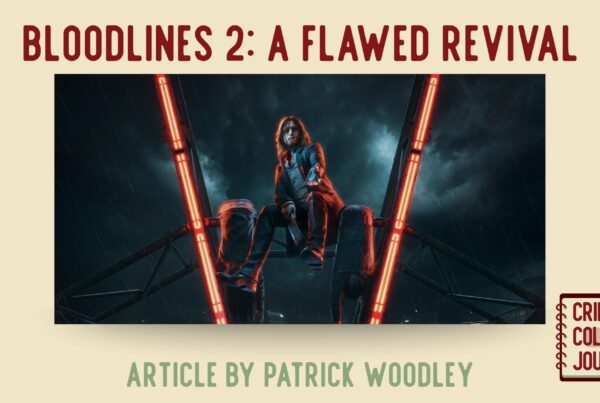It’s no secret that Pokémon has spent the last several years slipping on more banana peels than a Mario Kart speedrun.
“Dexit”—Game Freak’s decision to remove the full National Pokédex from Pokémon Sword and Shield and subsequent titles—fractured the fanbase by making it impossible to have every Pokémon available in a single game. Brilliant Diamond & Shining Pearlwere about as inspired as a stale cracker. Scarlet & Violet—while imaginative—launched in a state that would make even Cyberpunk 2077’s early performance blush.
As the franchise marches toward its 30th anniversary and the inevitable arrival of Generation X (wow, we’re really at that point, aren’t we?), expectations aren’t just high—they’re oxygen-thin, Everest-summit levels of high. Anything less than polished, ambitious, and technically competent is a disservice to the millions who’ve stuck with this series since the Game Boy brick era.

Enter Pokémon Legends: Z-A: the first Pokémon title built for the Switch 2 era, and the franchise’s first cross-generation release. Much like Legends: Arceus redefined exploration and Pokémon–world interaction, Z-A arrives with the weight of setting the standard for the next decade of games.
No pressure, right?
A Breath of Fresh (and Finally Consistent) Air
Let’s get the hardware component out of the way: playing Z-A on the Switch 2 is an immediate relief. The improved hardware eliminates the slideshow moments and frame drops that charred Scarlet & Violet’s reputation. Environments load smoothly, animations are fluid, and the world finally feels alive without the fan’s console sounding like it’s attempting space flight.
Visually, Z-A is the most artistically confident Pokémon game to date. It isn’t trying to mimic realism; instead, it embraces a stylized aesthetic with richer textures, dynamic lighting, and cityscapes that feel lived-in—as expected from the more powerful Switch 2. Pokémon move with intention rather than idle looping animations. For once, I didn’t feel like I was watching animatronics trapped in a mall display window.
Pantomiming the OST
And yet—amid all this forward progress—Game Freak refuses to address the franchise’s most baffling omission: no voice acting. Yes, we hear grunts, sighs, exertion noises, and the occasional startled yelp when you dodge-roll into a wall like a caffeinated Link, but actual voices? Silence.
It’s immersion-breaking at this point. Breath of the Wild solved the “silent protagonist” problem gracefully by giving supporting characters strong voice-acted personalities while letting Link remain a blank slate. Pokémon could easily do the same. Instead, we’re still stuck pantomiming emotional story beats over orchestral backing like we’re watching a beautifully animated 90s JRPG cutscene. The franchise has evolved—this aspect desperately hasn’t.
A City Worth Getting Lost In

The crown jewel of Z-A is its setting: a sprawling, atmospheric city that feels like a character in its own right. Gone are the lifeless towns of past entries that offered little more than a Poké Center, a shop, and three NPCs repeating the same line until the end of time. Z-A’s city is layered, storied, and alive.
Wandering through its districts, you see the world through the lens of culture, history, and Pokémon ecology. Each zone within and around the city showcases how Pokémon interact with their environment in distinct and sometimes eerie ways. In one sector, Gastly linger around graveyards, their spectral forms drifting between tombstones as Spinarak scuttle through catacombs beneath.
It’s atmospheric, intentional environmental storytelling—and it’s the most grounded depiction we’ve seen of a world where humans and Pokémon coexist.
Side Quests with Soul (Finally)
Side quests in Pokémon games are historically about as impactful as being told to fetch a child’s lost Bidoof. Z-A changes that.
These quests explore human–Pokémon relationships with nuance and empathy, often challenging long-held assumptions within the series. One particularly memorable quest involves a young girl terrified of Ekans after hearing stories of it as a venomous predator. You accompany her to observe an Ekans in its natural habitat—coiled calmly, sunbathing, curious but cautious. It’s a simple moment, but it reframes the creature not as a villain, but as an animal misunderstood through myth and fear. If Legends: Arceus was about discovering Pokémon, Z-Ais about understanding them.
It’s subtle world-building with emotional payoff—and the series needs more of it.

Night Battles: Organized Chaos… Emphasis on “Chaos”
Now let’s talk about Z-A’s biggest swing: the night-time battle system, a chaotic free-for-all that feels equal parts brilliant, absurd, and dangerously close to a lawsuit waiting to happen in-universe.
These night battles play like a hybrid between a roguelike street brawl and a real-time combat arena. It’s fast. It’s messy. It’s often hilariously brutal. Trainers sprint through shadowy streets, ambushing each other, triggering Pokémon battles that play out in real time with zero regard for the emotional or physical well-being of the humans involved. You—and the opposing trainers—can absolutely get caught in crossfire.

Imagine a sanctioned tournament where participants gleefully ignore workplace safety regulations. OSHA would faint. But then again, who needs OSHA when you train a giant fire-breathing dragon (that isn’t an official Dragon-type until Mega Evolution, but you get my point).
Combat is no longer turn-based; it’s a hit-and-run strategy fueled by instinct and aggression. You spam moves, time cooldowns, dodge, and pray your frail partner survives the canine-sized flamethrower barreling toward you. It strips away deliberation in favor of adrenaline—whether that’s “innovative” or “reckless abandon masquerading as design choice” will vary by player.
What saves the mode from total degeneracy is the card-based mission system: challenges that reward creativity, stealth, or skill. Sneak attacks, one-hit KOs, type-specific knockouts—each encourages different playstyles and racks up points toward ranking, cash rewards, and bragging rights. The risk-reward loop is addictive. Take more fights, win more gold. Chickening out means slower progress. It’s capitalism meets survival of the fittest.
The Final Verdict
Z-Ais not just a sequel—it is a statement of intent. The technical improvements alone show that Game Freak is finally acknowledging modern gaming standards (welcome to the 2020s, we’ve missed you). The world-building, quests, and environmental storytelling demonstrate a maturity the franchise has long avoided.

Still, the game is held back by familiar stubborn design choices—most notably the complete refusal to implement voice acting. The night battle mode is exhilarating, though occasionally shallow and overly chaotic. There’s tremendous potential here, but also room for refinement in future entries.
Z-A isn’t perfect. But it is bold—and bold is the first step toward greatness. If this is the blueprint for Generation 10—after 30 years of catching, training, and battling—the future of Pokémon might actually be exciting again.








